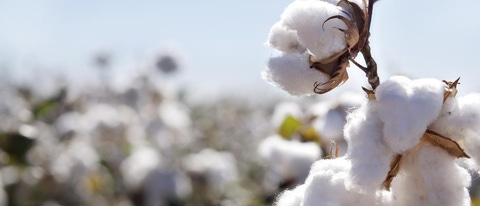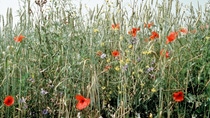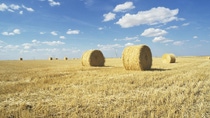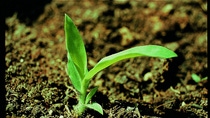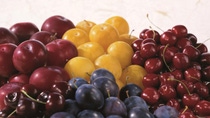Agriculture
Cotton
Cotton is used mainly for its fiber which is pivotal for the textile industry globally. Cottonseed is crushed to produce oil for food uses and cottonseed cake for animal feed. The main exporter of cotton is the USA, which accounts for almost 30% of total global exports, followed by India, Australia, Brazil, Uzbekistan and other countries.

Cotton is a shrub native to tropical and subtropical regions of the world, including the Americas, Africa, and India where environmental conditions promote the rapid and persistent growth of vegetation. Therefore, growers need to make a special effort to destroy perennial grasses, nightshades, field bindweed, and other competitive weeds in these areas. Glufosinate-ammonium is an extremely versatile tool in the cotton farmer’s weed management program.
The use of broad spectrum herbicides and in conjunction with seed varieties – bred using genetic modification to be herbicide-tolerant (HT) – offer the most effective means of weed control. The only broad spectrum herbicides that can be used with HT cotton crops today are Glufosinate-ammonium and Glyphosate. Until recently, only Glyphosate-tolerant cotton was available. Insufficient rotation of the herbicidal modes of action in the past has resulted in many weeds in vital cotton growing regions no longer responding to Glyphosate treatment. As such, farmers are increasingly aware of the need to rotate their use of Glyphosate with Glufosinate-ammonium to mitigate weed resistance.
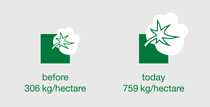
Did you know?
- Cotton is grown in more than 100 countries, and over 150 countries are involved in its export or import. Cotton trade accounts for 40% of its world output.1
- Yield today has increased by more than 50% since the 1960s. Before, farmers could produce 306 kg of cotton per hectare, while today they harvest 759 kg per hectare.
Please select crop from list
1International Trade Centre, The importance of cotton in world trade, August 2013.
